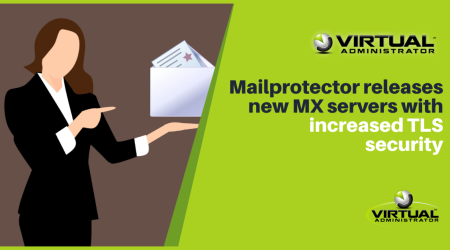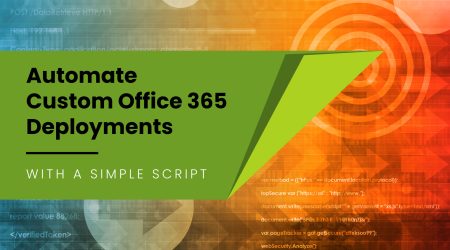Say hello to “Recall,” a new addition with Windows 11 Update 24H2 that started rolling out earlier this week—but is it a helpful tool, or are we asking for a privacy nightmare?
While originally advertised for CoPilot+ PCs, it appears that as of last Tuesday Recall is now a core part of the 24H2 update and a direct dependency of Windows Explorer. Currently, in order to actually turn the new feature on, Recall requires a user opt-in and requires a PC with a compatible NPU present (an NPU capable of at least 40 TOPs). The code does appear to be part of Windows Explorer now and is very difficult to remove without harming the system (see discussion here on remove/disable of Recall: https://github.com/ChrisTitusTech/winutil/issues/2697#issuecomment-2403792309 ).
What is Microsoft Recall?
Microsoft Recall captures your desktop activity by taking screenshots every few seconds and uses AI to tag them for easy searching later. This feature allows you to “recall” exactly what you were working on, even weeks ago.
While potentially useful, many users opposed it when Microsoft first announced Recall. Initially, Microsoft delayed the release, but it has now integrated Recall deeply into Windows.
Also initially planned only for CoPilot+ PCs it now appears to be installed on all devices with the 24H2 update and active on machines that meet the requirements listed above. It is an opt-in feature, meaning it only activates if explicitly enabled. However, its presence in the system is still a concern for privacy-conscious users.
How to Disable Microsoft Recall
If you’re not on board with the idea of having your screen activity constantly monitored by a hidden AI entity in the Windows kernel, you can disable Recall. Here’s how:
- Control Panel Method: Head to the Windows “Add or Remove Features” screen in the Control Panel, and you’ll find the option to turn it off there. Currently, this presents the opportunity to remove Recall, however, Microsoft has stated that this is a bug and Recall cannot be entirely removed. Only Disabled.
- DISM Commands: For those who prefer command-line tools (making this scriptable), Recall can also be enabled or disabled using DISM.
To install (default) the Recall feature:
DISM /Online /Enable-Feature /FeatureName:"Recall"To uninstall the Recall feature:
DISM /Online /Disable-Feature /FeatureName:"Recall"- Powershell Commands: Also Powershell is available. Here are the commands you need:
To install (default) the Recall feature:
Enable-WindowsOptionalFeature -Online -FeatureName "Recall"To uninstall the Recall feature:
Disable-WindowsOptionalFeature -Online -FeatureName "Recall"These options are a relief for MSPs and IT professionals who want to take back control, especially for environments where privacy is paramount.
Recall’s Opt-In Design and Privacy Controls
There have been dozens of discussions in online forums from Sysadmins and tech enthusiasts that have not been favorable. But Microsoft is adamant about pushing out this feature and the privacy controls they have put into place. If you’d like to hear about the privacy and controls from Microsoft, you can learn more here: https://blogs.windows.com/windowsexperience/2024/09/27/update-on-recall-security-and-privacy-architecture/
Final Thoughts: Proceed with Caution
Ultimately, it’s up to you how much you wish to embrace this feature. Generative AI is a powerful tool, but we are a bit worried that this might be an overreach to try to make it a core function of the Windows OS. If you or your clients are uncomfortable with Recall, make sure to disable it as 24H2 rolls out to your endpoints, especially those capable of running the feature.






